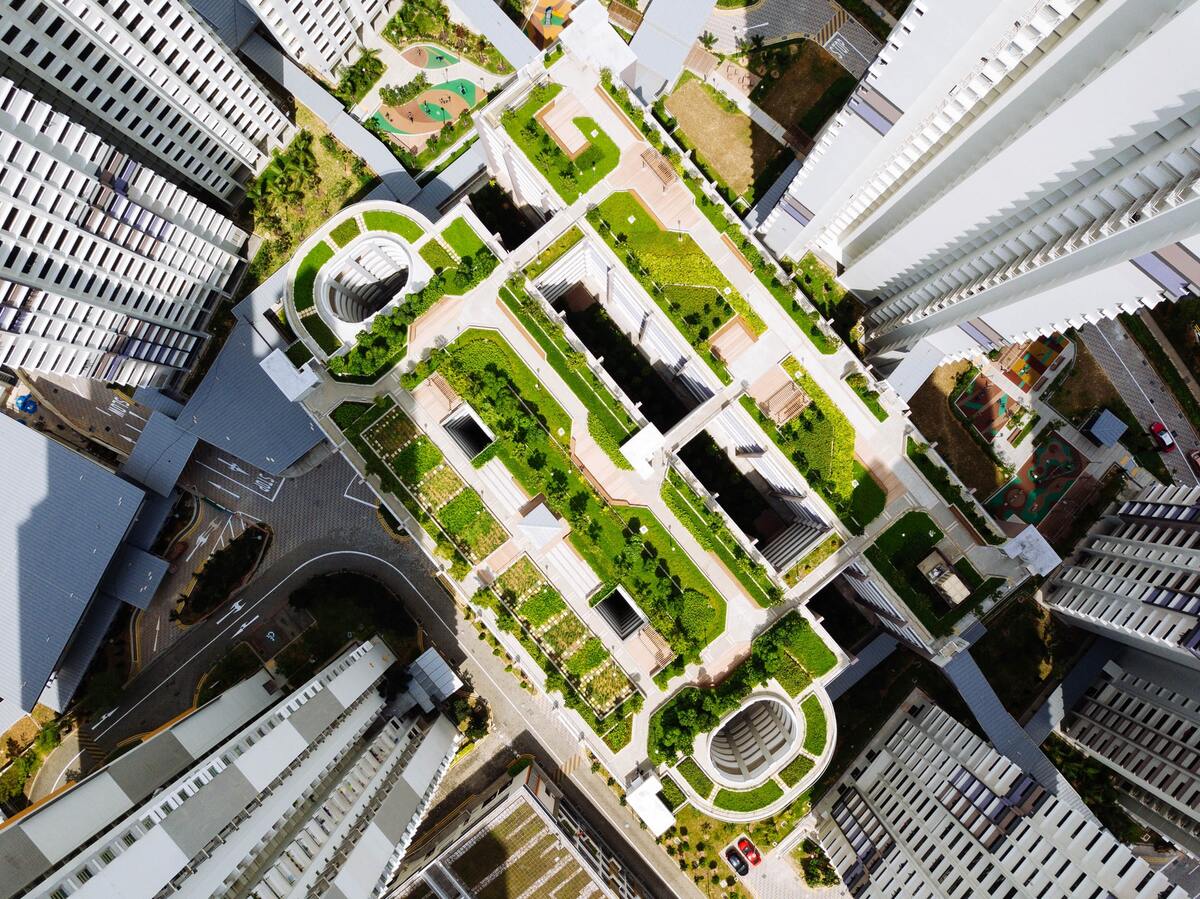The Role of Energy Modeling in Sustainable Design

The building industry accounts for 38% of all energy-related carbon dioxide emissions. To reduce this number, there has been a push to produce sustainable properties. This can be done by reducing energy consumption and using recycled materials.
Yet, creating an energy-efficient home takes careful planning. Lowering energy use is key in sustainable design. That's where energy modeling technology comes into play. Here is how energy modeling is vital in constructing eco-friendly properties.
What Is Energy Modeling?
Building energy modeling (BEM) allows engineers to simulate building energy systems. They learn important information about system feasibility, greenhouse gas emissions, and total costs. A designer can also input certain parameters, including building location and weather.
BEM is a type of software that helps with energy management and analysis. Contractors use this tool to model energy consumption in heating, cooling, or ventilation. With the software, total carbon emissions and construction time can be lowered.
What Are The Benefits of BEM?
With BEM software, architects can plan ahead and make better decisions. Here are some other ways this can improve sustainability.
1. Allows for a Holistic Approach
Energy modeling allows contractors to see how the systems impact the building as a whole. Making design changes can alter energy use. Yet, BEM takes into account all factors and combines them. Engineers can use this information to determine which elements work well together. Then they can carry these lessons into their next project.
2. Helps Predict Energy Performance
Estimating energy consumption is especially important in new construction. This allows for fewer design changes once the project is complete. As technology evolves, architects can test how new systems will impact energy performance.
The grid-interactive efficient building (GEB) initiative combines energy efficiency with smart technology to create a clean energy source. Testing out these new technologies makes it easier to take on new projects. The software also helps work towards their goal of net-zero carbon emissions.
3. Provides Quantifiable Results
Getting data helps contractors make smarter decisions. BEM helps them see how energy consumption changes with various conservation methods. Then, engineers can focus on design strategies with the highest cost savings.
Plus, contractors can tailor the data results to a specific project. Some projects require more attention on the building location or construction budget.
4. Reduces Costs
With careful planning, architects can find the most cost-effective strategies upfront. This can save both initial expenses and further expenses down the line. It prevents the need to switch out systems mid-construction. For example, it can cost between $2,798 and $6,744 to install a new furnace.
Plus, it's easier to determine the most energy-efficient systems. These are then likely to last longer and reduce long-term expenses.
5. Provides Homeowners With More Comfort
Systems that waste energy can create an uncomfortable home environment. However, using energy models, designers can predict occupant comfort based on meteorological data.
Another important element of energy-efficient appliances is that they reduce utility bills. Homeowners can save about $500 per year on monthly expenses.
Things to Consider With Energy Modeling
BEM has many benefits, from reducing costs to providing critical data. However, the software has some challenges. One is that some contractors are more comfortable with inputting data manually instead of through automation.
Also, there are limited software programs available that support the translation process. For example, Green Building XML (gbXML) is one popular format that facilitates building information modeling (BIM) to BEM exchanges. BIM is a process used to create digital building designs based on a holistic model.
The last challenge of BEM is the technical expertise required. With this being a new technology, some architects are still learning how it works.
How to Implement BEM Today
Before implementing this strategy, ensure the software will help turn a profit. The cost to run BEM can be costly, so builders should consider the return on investment. When they’re ready to move forward, many educational resources are available. For residential or commercial properties, search for BEM software packages online.
Here are a few popular ones to get started:
- Trace 700
- Carrier HAP
- IES VE
- DesignBuilder
- eQuest
Besides energy predictions, look for other features as well, such as ambient daylight quality and thermal comfort control. These allow designers to make decisions that also satisfy their clients.
How Energy Modeling Can Improve Design
Making smarter decisions to reduce energy consumption is key for sustainable building designs. Using BEM software is one way to achieve this goal. It provides a holistic approach with quantifiable results. So, contractors should consider adding BEM technology to their next project.



